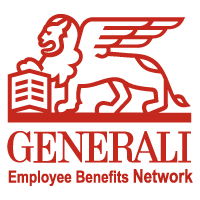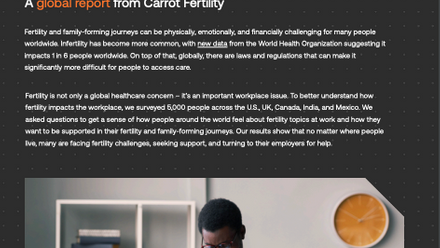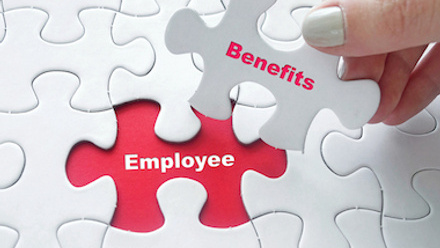How to use benefits effectively to attract talent in an international business

Meeting mandatory requirements across the organisation should be your first priority: essentially the foundation to any benefits programme. Over and above this, benchmarking information is used to help determine what benefits are relevant on a global and local level to help attract, and hang on to, the requisite calibre of employee.
Benchmarking your benefits
Benchmarking is taken from various sources, including: industry reports; experience of employees (what they’ve had at other companies); local and global brokers (who can give clients an indication of what similar organisations are doing); plus network providers offer a wealth of information on local benefit provision, including state benefits.
As this process builds, employers may consider offering a standard level of benefits globally. They might also consider the most efficient use of the insurance products on offer. This should include claims prevention (early intervention) and management (rehabilitation) techniques, plus administrative support.
Complex by design
So far, so good. And seemingly straightforward. The reality of compensation and benefits design and management for multinationals is, however, much more complex. Get it wrong and it can demotivate, disengage and disenfranchise people very quickly. Get it right and it can complement all the things required to attract the best people for the job and ensure they’re performing in a way that supports the organisation’s strategic direction.
The practical application – local or global – depends largely on whether the in-country employees are local nationals, expatriates or globally mobile, the size of the populations in each location and where the head office is based.
Size is a huge determinant. Small companies, for example, will likely have one HR person centrally responsible for people across a number of countries. Mid-size companies are more likely to be locally autonomous, as the central function often doesn’t have the time or resource. Large companies, meanwhile, will most likely operate globally – or centralised – for reasons of governance, cost efficiencies and management of people risk.
Large companies tend to use global brokers and networks to work with their benefits teams. But there’s a strong argument for smaller companies to do the same to help with benchmarking information, local and global trends, keeping up with legislative changes to ensure benefits are compliant, and ensuring economies of scale and cost efficiencies – introducing vehicles such as multinational pooling and captives where relevant.
Finally it’s worth bearing in mind that many employees are globally mobile – or work cross-borders – these days. The concept of the traditional expatriate, living in one country for a lengthy period of time, has been largely usurped by this burgeoning group. Globally mobile employees come with their own unique set of requirements, for which a global approach – or international benefits plan – is best suited.
Globally mobile employees: Advantages of global over domestic solutions
- Simplicity: The daily management of a centralised plan, with a single entry point to the experiences of all employees, is much simpler than running and monitoring separate contracts across the globe.
- Oversight: Central administration and pricing facilitate a cross-country overview, allowing for the identification of potential gaps or overlaps, and cost control.
- Portability: Portable coverage ensures access to high quality healthcare when local facilities are not available or not appropriate. Or in the case of retirement and savings, it helps reconnect experiences from different countries, ensuring paid contributions are not lost.
- Flexibility: Greater flexibility allows benefits design to be adapted to each company-specific strategy and employee population, and to devise a range of solutions for different employees in the same plan.
Communication matters
Employee communication is a major consideration when it comes to managing a global benefits programme.
The growth in technology, especially Smartphones, has helped hugely in this regard: not only with regard to communicating benefit entitlements, but also in helping to ensure engagement with benefits and usage.
In fact, it’s probably safe to say that developments in technology have represented the enabler of successful centralised benefits programmes. From employee communications, and helping to ensure buy-in at a local HR level, to the collation and analysis of data to help control healthcare costs, implement targeted wellness strategies and ensure competitive packages to aid recruitment and retention.
Author is Damian Ross, Regional Manager – UK, Ireland & Nordics, Generali Employee Benefits.
This article was provided by Generali Employee Benefits.
Generali Employee Benefits is sponsoring REBA's Employee Wellbeing Congress 2018, which is being held on 5 July in London.
In partnership with Generali Employee Benefits Network
Generali Employee Benefits' solutions are to protect and enhance the wellbeing of their workforce.







